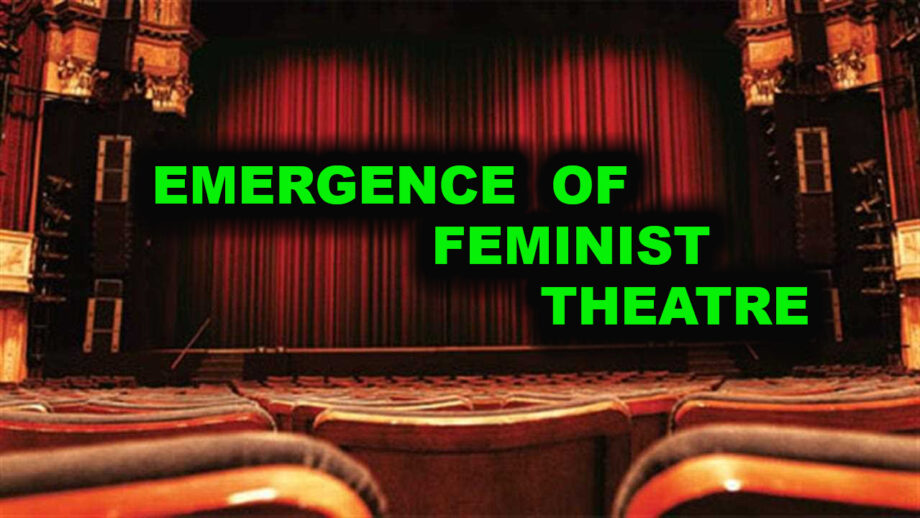Theatre in India has been used to convey important messages, as a form of resistance and even as a way of inciting the audience to act. It has long been a medium of provoking thoughts and planting the seeds of activism, irrespective of the genre, location or format. Indian theatre history is littered with great theatre artists who have used comedy and satire to show the audience the truth of their society and at the same time, there have been those playwrights who have very cleverly infused information and educated the masses.
In the last few decades, the theatre has seen a rise in the use of feminism as a theme. The aim is to bring the suffering of women and the bias they face to the limelight. Whether it is the taboo associated with menstruation or the demand for equal pay, Indian Feminist Theatre has been starting conversations about all topics that matter.
Though India’s theatrical history is five thousand years old, it had been dominated by male-centered narratives. It was only around the 19th century that female narratives found their way to the stage. Before that, the presence of strong female characters was either absolutely absence or restricted to specific genres. Often, male actors would end up playing the female character. In the 1970s, women’s issues were brought to the forefront owing to the efforts of theatre activists. However, when feminist theatre did emerge, it spread far and wide which is the reason why today Indian feminist theatre is not limited to one language or just the major cities.
The emergence of the Indian feminist theatre can be traced to Swarnakumari Devi’s 1904 play, The Wedding Tale which was based on the themes of widow marriage and class struggle. Once it picked up a moment, feminist theatre paved the way for women to enter the theatre industry without raising eyebrows.


